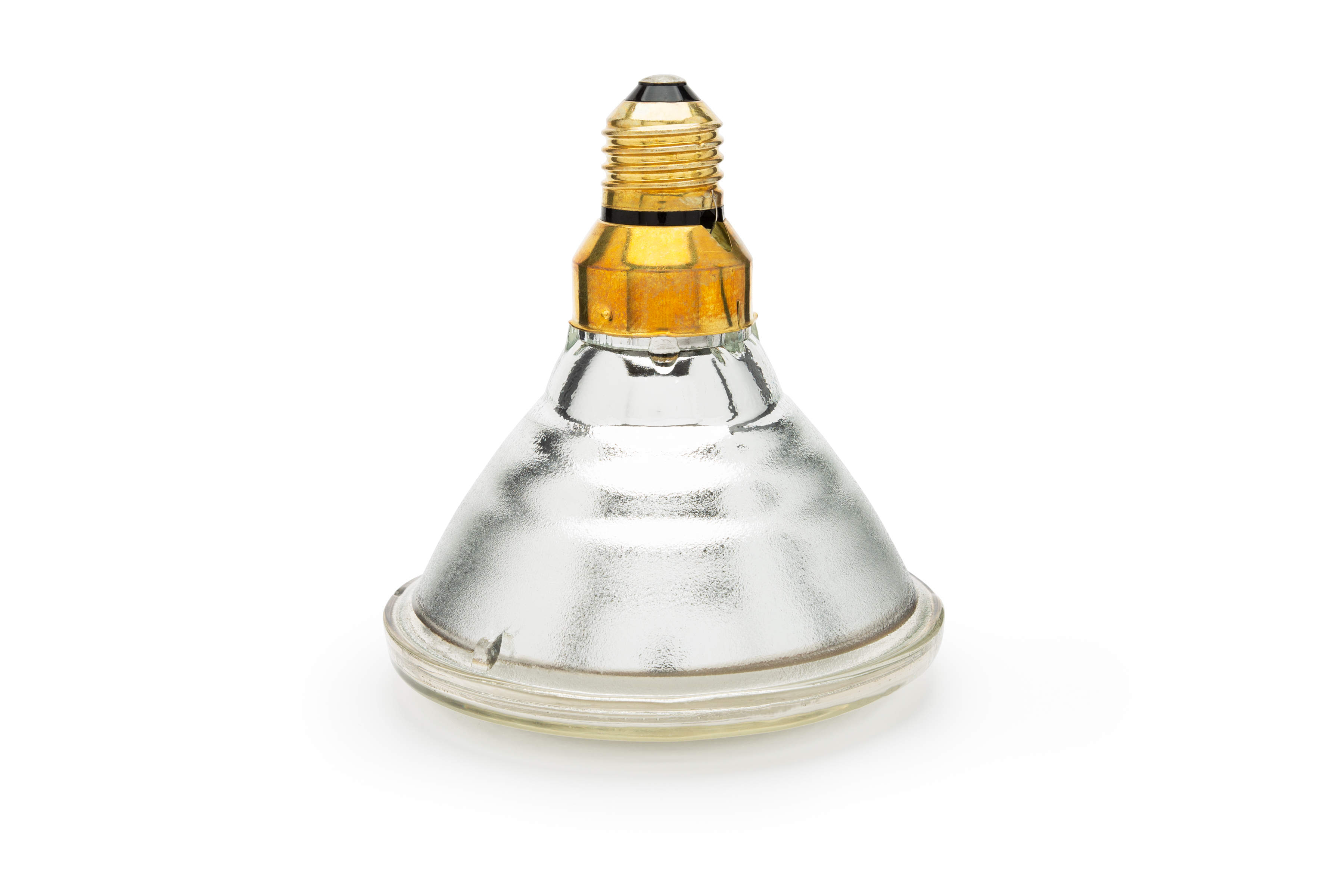
How Hot Does a Heat Lamp Get? Unraveling the Mystery
Heat lamps are marvels of modern-day technology, bringing warmth in ways we often take for granted. Whether used for clucking chicks in a barn or keeping your takeaway warm, heat lamps have a knack for creating just the right warmth. But how hot does a heat lamp actually get? Let’s break it down!
Understanding Heat Lamp Temperatures
Heat lamps can reach surprisingly high temperatures. Typically, a standard heat lamp can heat up to somewhere between 250°F and 500°F (about 120°C to 260°C). Imagine standing too close to a campfire; that initial shock of heat is similar to what you’d feel from a heat lamp! This is due to the infrared light they emit, which warms up whatever is nearby without actually warming the air in between.
The Science Behind the Heat
So, why do heat lamps get so hot? It all boils down to how they work. When electricity flows through the lamp, it converts to light energy, producing heat. This gear doesn’t just shine a light; it floods the area with warmth. This makes heat lamps perfect for specific tasks, like helping sick animals or keeping food warm during a feast.
Different Types of Heat Lamps
Not all heat lamps are created equal. There are various kinds, and their temperatures can differ widely. For instance:
- Infrared Heat Lamps: These are commonly used in restaurants and kitchens. They can heat up quickly, often reaching around 300°F (150°C).
- Ceramic Heat Emitters: Often used in reptile tanks, these don’t emit light but can get just as hot, reaching 500°F (260°C) or more.
Choosing the right lamp for the task is crucial; otherwise, things could get a little toasty!
Safety First: Managing the Heat
With great heat comes great responsibility. Knowing how hot your heat lamp gets is key to using it safely. If you get too close, you might just feel like you’re frying an egg on the pavement in summer! Always ensure there’s enough distance between the lamp and anything flammable. Keep it mounted securely and make sure to use it in a well-ventilated area.
How to Find the Right Heat Lamp for Your Needs
Choosing a heat lamp isn't just about how hot it gets; it’s also about what you plan to use it for. Are you keeping farm animals cozy or getting ready for a big BBQ? Here are some things to consider:
- Heating Area: Think about the size of the space you want to heat. Larger areas may need more than one lamp.
- Purpose: Different situations require different types of heat lamps. For example, a chick’s nursery may need lower temperatures compared to cooking areas.
- Energy Source: Whether you're using electric or gas-powered options can affect how hot your lamp gets.
Conclusion: Know Your Heat Lamp
Understanding how hot a heat lamp gets not only makes your tasks easier but also keeps everything safe. From the warmth it provides to the tasks it accomplishes, heat lamps play a vital role in various settings. So, the next time you switch one on, remember that tiny glowing bulb is more than just light; it’s a powerhouse of heat!

